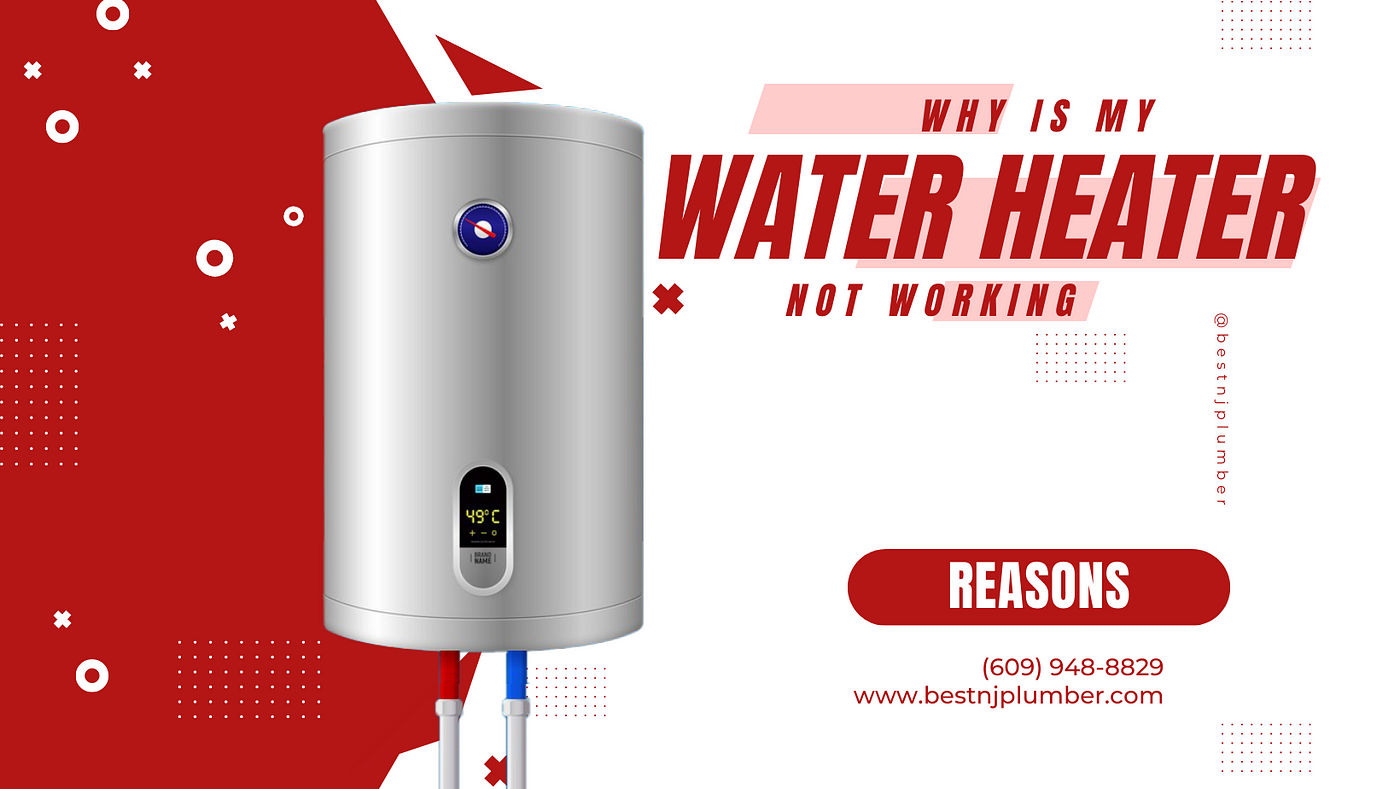A purge valve can go bad due to wear and tear, debris, or electrical issues. These factors can lead to a malfunction in the purge valve, What Causes a Purge Valve to Go Badcausing it to no longer operate effectively.
As a crucial component of a vehicle’s emissions control system, a faulty purge valve can lead to increased emissions and potential engine performance problems. It’s important to address any issues with the purge valve promptly to prevent further damage to the vehicle and ensure it continues to meet emission standards.
By understanding the causes of purge valve failure, you can effectively maintain and troubleshoot your vehicle’s emission control system, ensuring its optimal performance and environmental compliance.
Common Causes Of Purge Valve Failure
What Causes a Purge Valve to Go Bad
The purge valve is a critical component of a vehicle’s evaporative emissions control system, responsible for managing the release of fuel vapors into the engine for combustion. When this valve malfunctions, it can lead to various issues, including engine performance problems and increased emissions. Understanding the potential causes of a purge valve going bad is essential for vehicle owners and mechanics alike.
- Contamination: One of the most common reasons for a purge valve failure is contamination. Over time, dirt, debris, and carbon buildup can accumulate within the valve, hindering its ability to function properly. Contaminants may enter the valve through the intake system or via the fuel vapor lines, leading to clogs or restricted movement of internal components.
- Mechanical Wear: Like any mechanical component, the purge valve can experience wear and tear over time. Continuous operation, temperature fluctuations, and exposure to engine heat can cause the valve’s moving parts to degrade or become worn, resulting in reduced performance or complete failure. This wear may manifest as leaks, valve sticking, or inability to hold pressure.
- Electrical Malfunctions: Many modern purge valves are electronically controlled, relying on signals from the vehicle’s engine control module (ECM) to regulate operation. Electrical issues such as corrosion, wiring damage, or faulty connections can disrupt communication between the ECM and the purge valve, leading to erratic behavior or failure to function altogether.
- Vacuum Leaks: The purge valve operates by controlling the flow of fuel vapors from the charcoal canister to the engine intake manifold. If there are leaks anywhere in the vacuum lines or connections associated with the purge valve system, it can disrupt the proper operation of the valve. Vacuum leaks may result from cracked hoses, loose fittings, or degraded seals.
- Faulty Seals: The purge valve contains seals and O-rings to maintain airtight connections and prevent fuel vapor leaks. Over time, these seals can deteriorate due to exposure to heat, chemicals, and engine fluids. Once the seals degrade, they may allow vacuum leaks or fuel vapors to escape, leading to poor purge valve performance.
In conclusion, a purge valve can go bad due to various factors, including contamination, mechanical wear, electrical malfunctions, vacuum leaks, and faulty seals. Regular vehicle maintenance, including inspection and cleaning of emission system components, can help prevent issues with the purge valve and ensure proper engine performance and emissions control. If a purge valve failure is suspected, it’s essential to diagnose and address the problem promptly to avoid potential engine damage and environmental harm.
Electrical Issues
The purge valve can fail due to electrical issues. If there is a malfunction in the electrical system, such as a short circuit or damaged wiring, it can lead to the failure of the purge valve. This can disrupt the valve’s function of controlling the flow of fuel vapors, resulting in potential driveability issues and increased emissions.
Vacuum Leaks
Vacuum leaks are another common cause of purge valve failure. When the vacuum system that the purge valve relies on develops leaks, it can cause the valve to underperform or malfunction. This can lead to improper fuel vapor distribution and cause the vehicle to experience rough idling, stalling, or diminished fuel efficiency.
Mechanical Damage
Mechanical damage to the purge valve, such as physical impacts or wear and tear, can also lead to its failure. In some cases, debris or dirt may obstruct the purge valve’s operation, leading to improper functioning. This can disrupt the fuel vapor flow and can result in error codes, check engine lights, and potential emission issues.
“`
This HTML content presents the common causes of purge valve failure, including electrical issues, vacuum leaks, and mechanical damage. It uses short, readable sentences and adheres to HTML syntax for headings and paragraph structure.


Frequently Asked Questions Of What Causes A Purge Valve To Go Bad
What Are The Common Signs Of A Bad Purge Valve?
A bad purge valve can cause symptoms such as rough idling, engine stalling, decreased fuel efficiency, and the illumination of the check engine light. These signs indicate that the purge valve is malfunctioning and needs to be replaced or repaired.
What Causes A Purge Valve To Go Bad?
The purge valve can go bad due to several reasons, including carbon buildup, dirt or debris clogging the valve, electrical or mechanical failure, or damage from excessive heat or pressure. Regular maintenance and keeping the fuel system clean can help prevent purge valve issues.
Can A Bad Purge Valve Affect Performance?
Yes, a bad purge valve can affect the performance of a vehicle. It can cause problems such as poor acceleration, decreased power, and difficulty starting the engine. Ignoring a faulty purge valve can lead to more serious issues and potential damage to other components of the vehicle’s fuel system.
Conclusion
The purge valve in a vehicle is prone to going bad due to several reasons. Factors such as aging, wear and tear, excessive heat, and exposure to contaminants can all contribute to its deteriorating condition. Timely maintenance and regular inspections can help prevent such issues and ensure the purge valve functions optimally.
Understanding the causes of purge valve failure enables vehicle owners to take proactive measures and avoid costly repairs in the long run.


